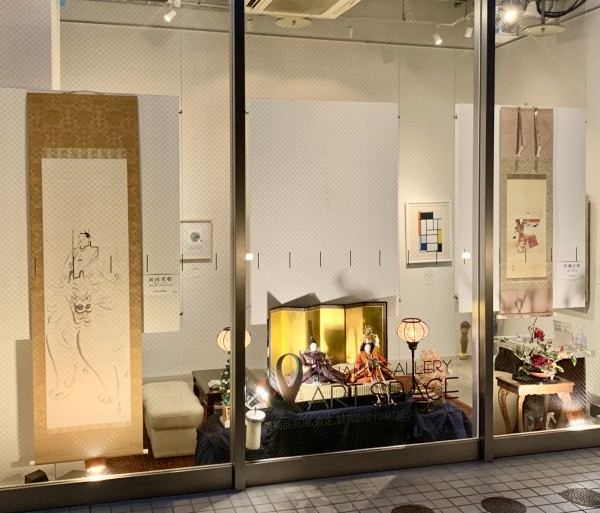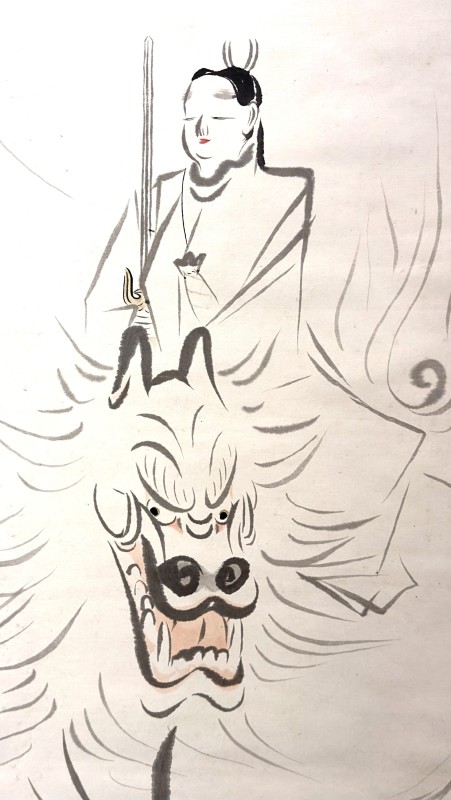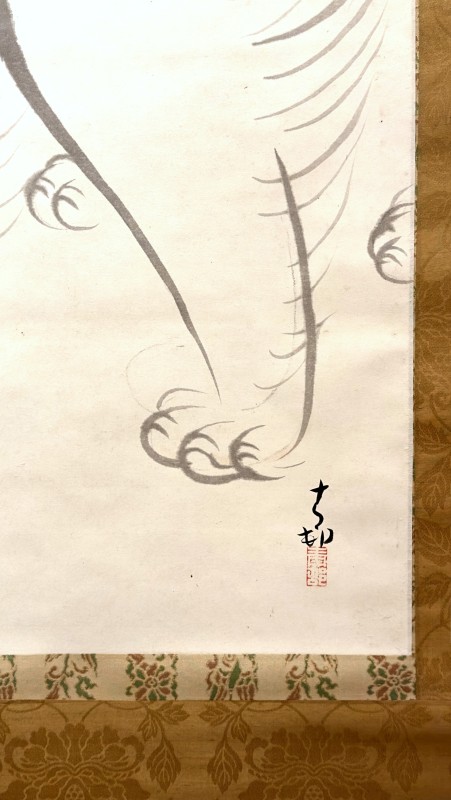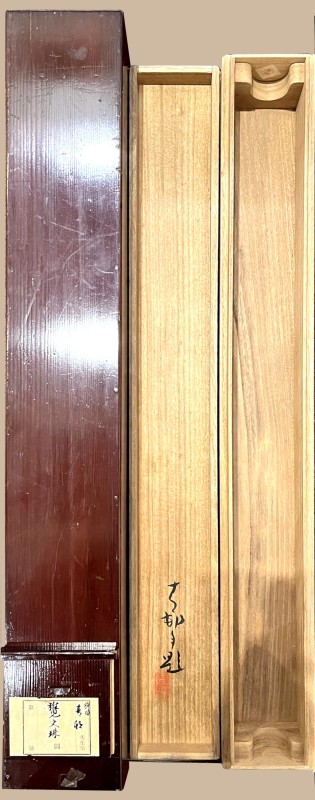Mahavairocana (esp. in esoteric Buddhism)
Seison Maeda
(Japanese style painter)
Maeda Seison was born in 1885 in Nakatsugawa, Gifu Prefecture. His real name was Renzo. He loved painting from an early age and moved to Tokyo in 1902 (35th year of Meiji), where he entered Kajita Hanko's painting school. Hanko was one of the leading masters of Japanese painting at the time, and Seison learnt deeply about the Yamato-e tradition here.
In 1907, Seison joined the Kojikai and attracted attention as a rising artist. From 1914 (Taisho 3), he began to exhibit at the Inten Exhibition of the Japan Art Institute, and in 1929 (Showa 4) he was selected as a juror for the Inten Exhibition.
Seison was active in a wide range of genres, including historical paintings, portraits and flower-and-bird paintings. In particular, his precise depictions of armour and helmets in his warrior paintings are known as one of Seison's best-known works. Many of his works also feature flowers, such as white plum blossoms and peonies, and are much loved for their delicate brushwork and use of colour.
Seison was the 14th President of the Japan Art Institute and devoted himself to the training of younger artists.
Seison's representative works include the following
Historical paintings: 'Yoritomo in the Cave' (1916), 'Taira no Kiyomori' (1922).
Portraits: 'Takamura Koun Zo' (1920), 'Mishima Yukio Zo' (1962)
Flower and bird paintings: 'White Plum' (1923), 'Peony' (1930).
Seison is still widely recognised as a master who made a major contribution to the modernisation of Japanese painting.
Size:Painting size h 159.5 × w 48.5 cm
Axis h 219 × w 63.5 cm
Media:paper















